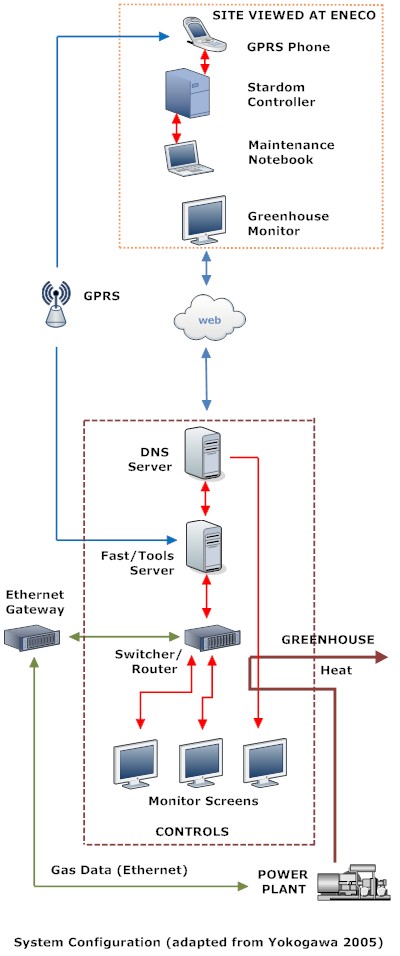 Section
Navigation
Section
Navigation
9. Learning from Others
9.1 Introduction: Grouping by Business Models
:Cautionary Tales
9.2 A Start
9.3 Coins International
9.4 Fine Art Ceramics
9.5 Halberd Engineering
9.6 Ipswich Seeds
9.7 Seascape e-Art
9.8 Whisky Galore
:Case Studies
9.9 Amazon
9.10 Andhra Pradesh
9.11 Apple iPod
9.12 Aurora Health Care
9.13 Cisco
9.14 Commerce Bancorp
9.15 Craigslist
9.16 Dell
9.17 Early Dotcom Failures
9.18 Easy Diagnosis
9.19 eBay
9.20 Eneco
9.21 Fiat
9.22 GlaxoSmithKline
9.23 Google ads
9.24 Google services
9.25 Intel
9.26 Liquidation
9.27 Lotus
9.28 Lulu
9.29 Netflix
9.30 Nespresso
9.31 Netscape
9.32 Nitendo wii
9.33 Open Table
9.34 PayPal
9.35 Procter & Gamble
9.36 SIS Datenverarbeitung
9.37 Skype
9.38 Tesco
9.39 Twitter
9.40 Wal-mart
9.41 Zappos
9.42 Zipcar
 9.20
Eneco Energie
9.20
Eneco Energie
Eneco Holding N.V. is one of the top three energy companies in the Netherlands, and
specializes in the production, trading, transmission and supply of gas,
electricity and heat and related services. Eneco was founded in 1995 from
a merger of the energy companies of Rotterdam, The Hague and Dordrecht,
and today serves two million business and domestic customers. The company
is headquartered in Rotterdam and employs some 3,500 people.
The company is moving from fossil fuels to alternative and sustainable energy sources, and is active in the trading of sustainable energy products and CO2 certificates. {5} {6} {7}
Flower-Producing Greenhouses
Important customers of natural gas are the flower-producing greenhouses of the Netherlands, and Eneco was able to break the intense price competition by offering flower-growing companies a complete service. After studying customer requirements, Eneco commissioned a system that monitored and controlled the carbon dioxide levels and greenhouse temperatures. The system's more efficient use of gas allowed Eneco to sell a commodity as a premium-price service. {1}

The software was designed by Yokogawa, and the key factors of the system were: {2}
1. A General Packet Radio Service {3} in place of a traditional IP/TCP
network to reduce cable costs.
2. Adaptation of existing components (notably temperature monitors and
CO2 meters).
3. Fast/Tools software package that monitored and set the required greenhouse
conditions, and which could be viewed on the Eneco website.
4. An off-the-shelf system, modified by Yokogawa, quickly installed
and backed by a long-term service contract to each customer.
Points to Note
1. Outside-in, customer-first approach.
2. Selling of a commodity under severe price competition as a premium
service.
3. Advantages of Internet technologies.
 Questions
Questions
1. How did Eneco Energie break into the intense price competition of
natural gas sales?
2. Describe the Yokogawa control system.
3. What Internet technologies are employed by the Yokogawa system, and
what is the mutual gain to the parties concerned?
 Sources
and Further Reading
Sources
and Further Reading
1. Strategy from the Outside In by George S.
Day and Christine Moorman. McGraw Hill. 2010. 211-2.
2. Stardom and Fast/Tools Integrated SCADA Solution for Heat and CO2
Custody Transfer System. Yokogawa.
August 2005.
3. General Packet Radio Service. Wikipedia.
Basics of this 2G and 3G cellular communication systems global system
for mobile communications.
4. Wind set fair for Island by Martin Neville. Isle
of Wight County Press Online. January 2010.
5. Experts about Energy: 2011 and Beyond. Deloitte.
2011. 12-15.
6. Eneco Energie. Wikipedi.
Brief entry.
7. Eneco Wikipedia.
Fuller article in Dutch.